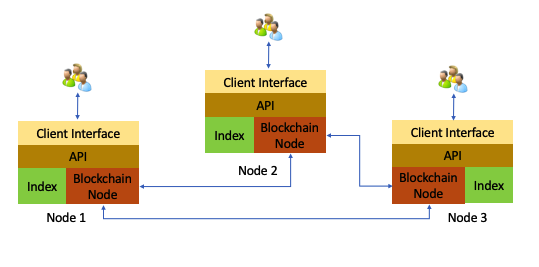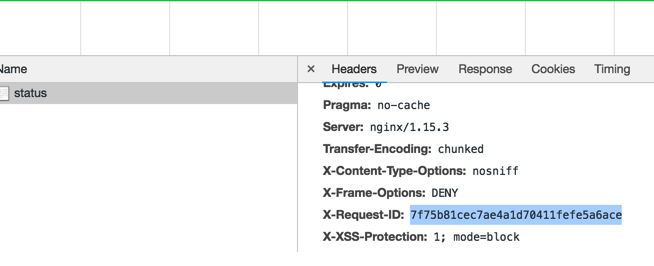I just finished the book "Life's Amazing Secrets" by Gaur Gopal Das. It covers the topic of balance and purpose in life nicely. Few of the concepts from the book I can very well relate to my current organization's focus on cultivation and collaboration culture.
It's now more than 6 months of my journey with Thoughtworks, an organization which started as a social experiment more than 25 years ago and believes in balancing 3 pillars in life; sustainability, excellence, and purpose. It makes the organization as a living entity, and wherever there is life, it has to face the changes and challenges, it's on us how we overcome and excel the art of changing.
Here are my takeaways from the book, which help us grow through life, build social capital, and help the people-centric organization grow.
- Live by the principle of gratitude, which allows us to see the positivity and believe in the trust-first approach. Start making gratitude logs.
- Our attitude towards life affects our social image, the speaking sensitivity is the key while giving or taking feedback. Life can never be perfect, too much corrective feedback may spoil the relationships if one doesn't know the art. Feedback without correct motive and purpose has no meaning.
- Think higher purpose, look beyond the situations and practice forgiveness but we must maintain social decorum of rules and regulations of society/community or organization.
- Uplift relationship by giving and take; exchange of thoughts, values, and beliefs
- Be your own hero, every time you compete with yourself, you will be better than before. Promote the culture of healthy competition. Each one is different and not comparable.
- Go on a journey of introspection, know yourself and find the purpose of life.

- Develop good character by belief, actions, and conduct. A good character has the ability to change lives. We have 2 ears and 1 mouth, so give them a chance in that proportion; Listen before you speak and choose to respond (not react).
- The book presents a great ideology of the ice-cream, the candle, and the oxygen mask, to guide us a journey from selfish to selfless. A view from family first to serving the nation, and how serving others can be Joy of life.
- It also talks about the role of spirituality in our life.
Overall it is a great book, and I recommend it.

